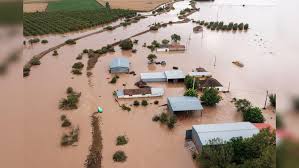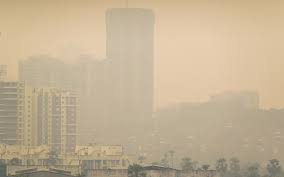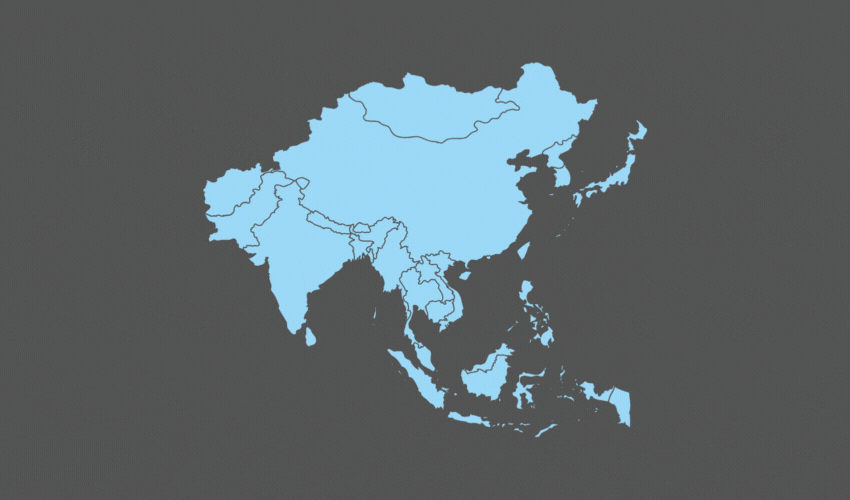Asia was the world’s most disaster-hit region from climate and water-related hazards in 2023: WMO

London – Asia remained the world’s most disaster-hit region from weather, climate and water-related hazards in 2023, a latest report said.
Floods and storms caused the highest number of reported casualties and economic losses, whilst the impact of heatwaves became more severe, according to a new report from the World Meteorological Organisation (WMO).
The State of the Climate in Asia 2023 report highlights the accelerating rate of key climate change indicators such as surface temperature, glacier retreat and sea level rise, which will have major repercussions for societies, economies and ecosystems in the region.
In 2023, sea-surface temperatures in the north-west Pacific Ocean were the highest on record. Even the Arctic Ocean suffered a marine heatwave.
Asia is warming faster than the global average. The warming trend has nearly doubled since the 1961–1990 period, the report says.
“The report’s conclusions are sobering. Many countries in the region experienced their hottest year on record in 2023, along with a barrage of extreme conditions, from droughts and heatwaves to floods and storms. Climate change exacerbated the frequency and severity of such events, profoundly impacting societies, economies, and, most importantly, human lives and the environment that we live in,” said WMO Secretary-General Celeste Saulo.
In 2023, a total of 79 disasters associated with hydro-meteorological hazard events were reported in Asia according to the Emergency Events Database. Of these, over 80% were related to flood and storm events, with more than 2 000 fatalities and nine million people directly affected. Despite the growing health risks posed by extreme heat, heat-related mortality is frequently not reported.
“Yet again, in 2023, vulnerable countries were disproportionately impacted. For example, tropical cyclone Mocha, the strongest cyclone in the Bay of Bengal in the last decade, hit Bangladesh and Myanmar. Early warning and better preparedness saved thousands of lives,” said Armida Salsiah Alisjahbana, Executive Secretary of the Economic and Social Commission for Asia and the Pacific (ESCAP), which partnered in producing the report.
“In this context, the State of the Climate in Asia 2023 report is an effort to bridge gaps between climate science and disaster risk through evidence-based policy proposals. ESCAP and WMO, working in partnership, will continue to invest in raising climate ambition and accelerating the implementation of sound policy, including bringing an early warning to all in the region so that no one is left behind as our climate change crisis continues to evolve,” she said.
Approximately 80% of WMO Members in the region provide climate services to support disaster risk reduction activities. However, less than 50% of Members provide climate projections and tailored products that are needed to inform risk management and adaptation to and mitigation of climate change and its impacts, according to the report.
The report, one of a series of WMO regional State of the Climate reports, was released during the 80th session of the Commission in Bangkok, Thailand. It is based on input from National Meteorological and Hydrological Services, United Nations partners and a network of climate experts, the WMO said.
The full report can be accessed at



















Facebook Comments